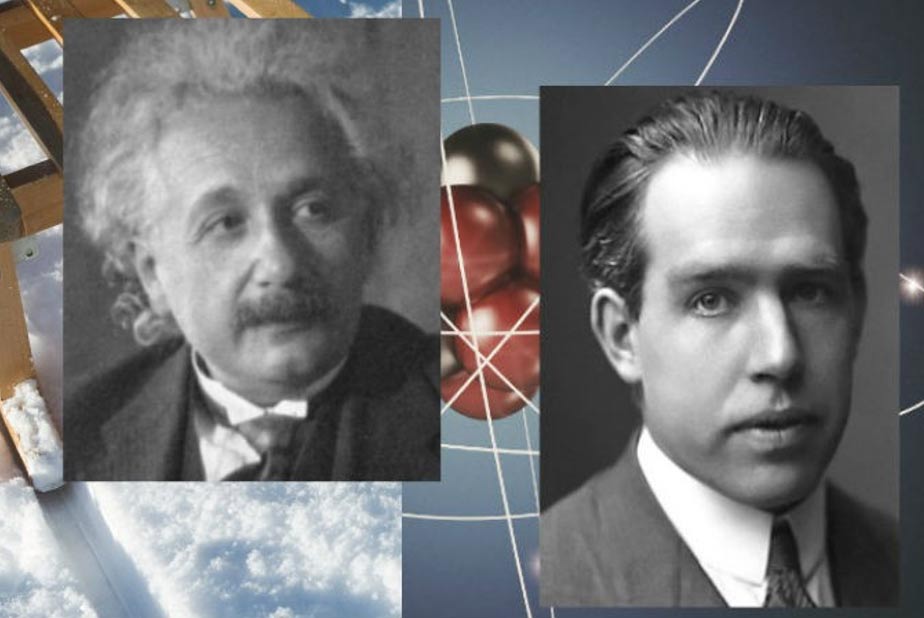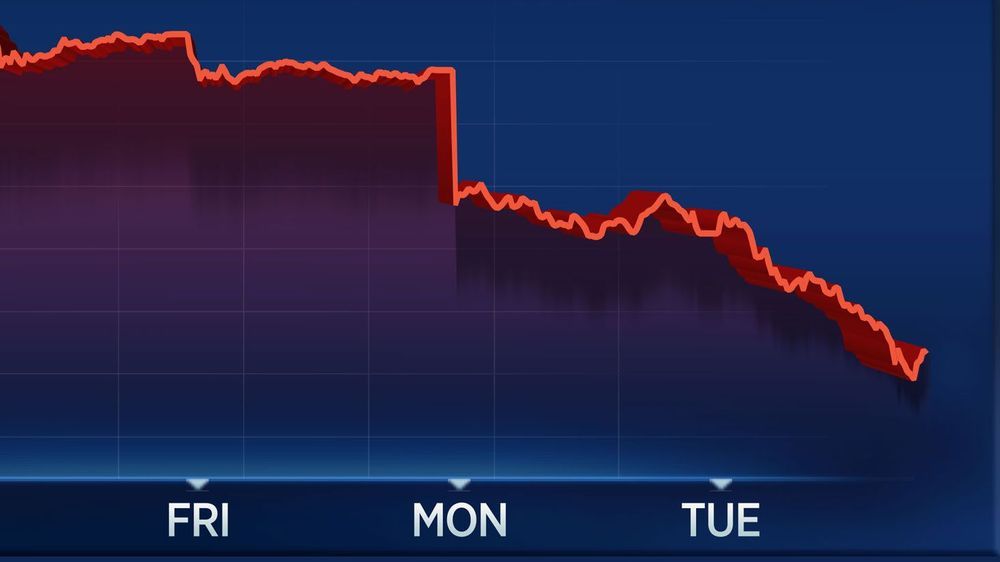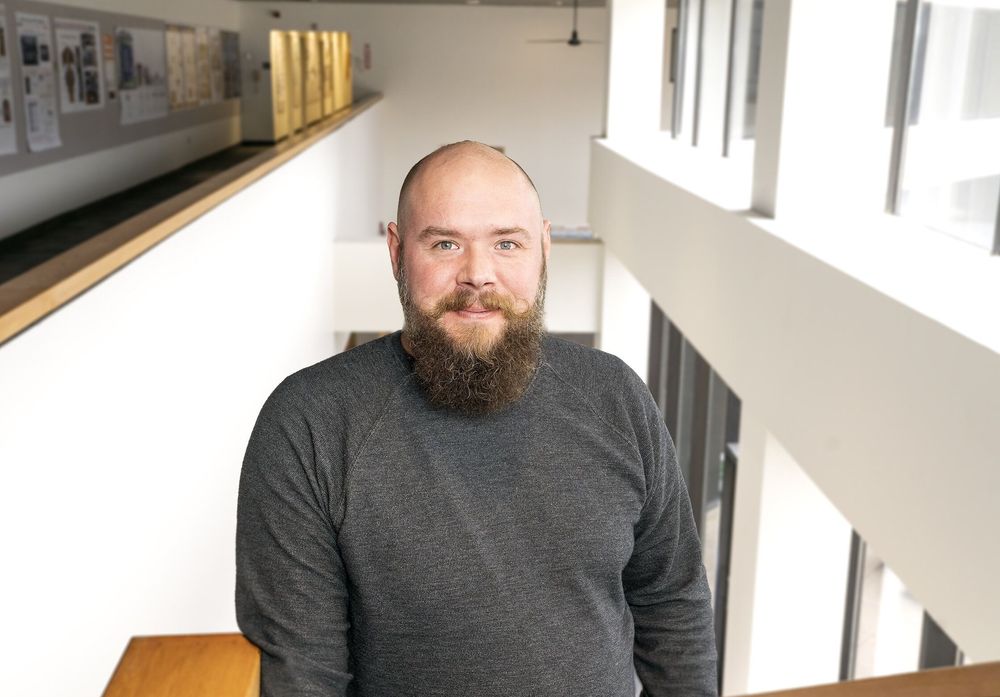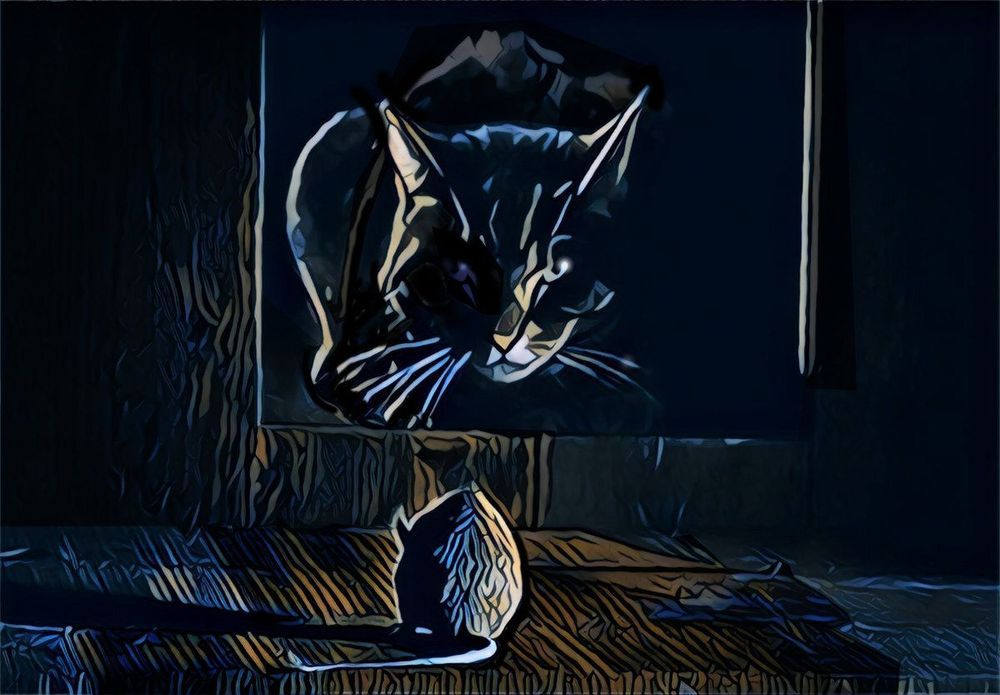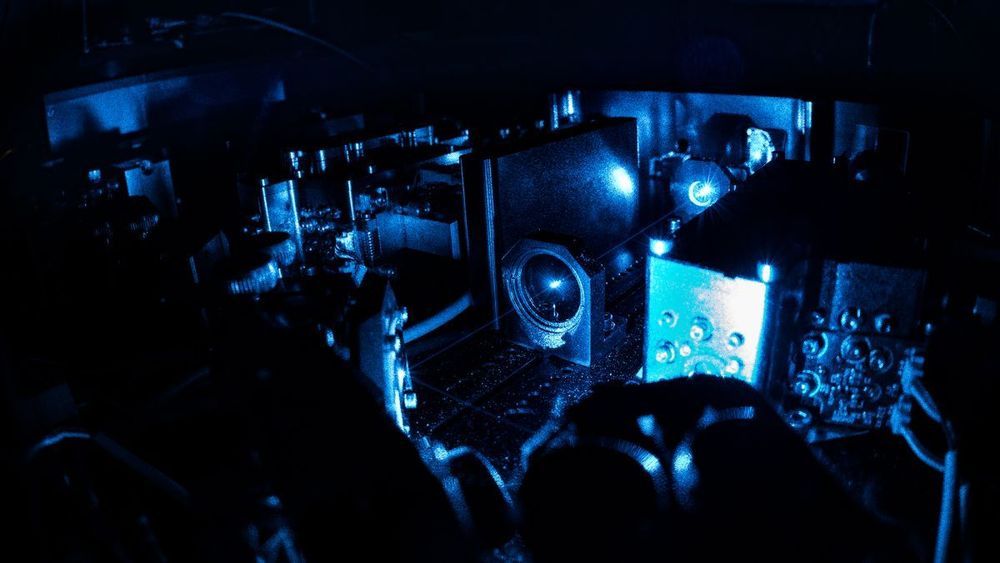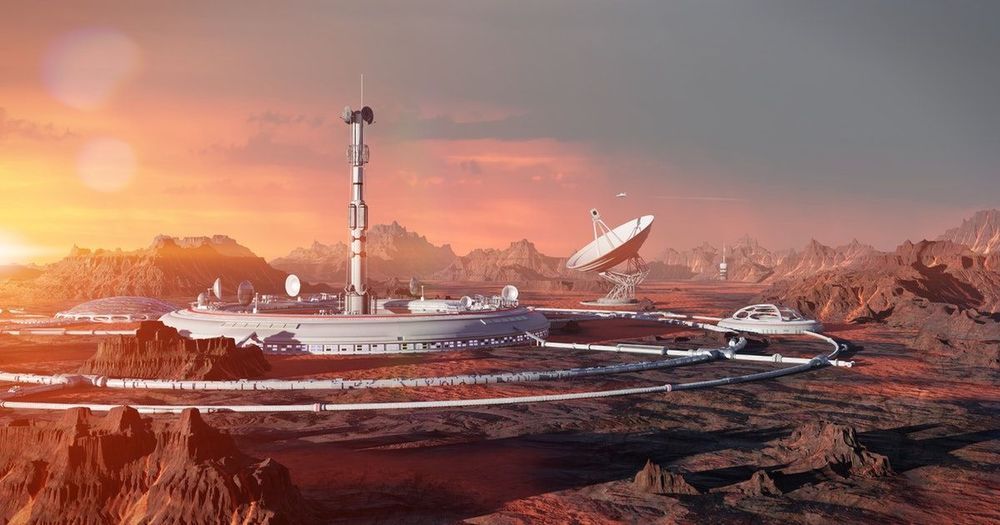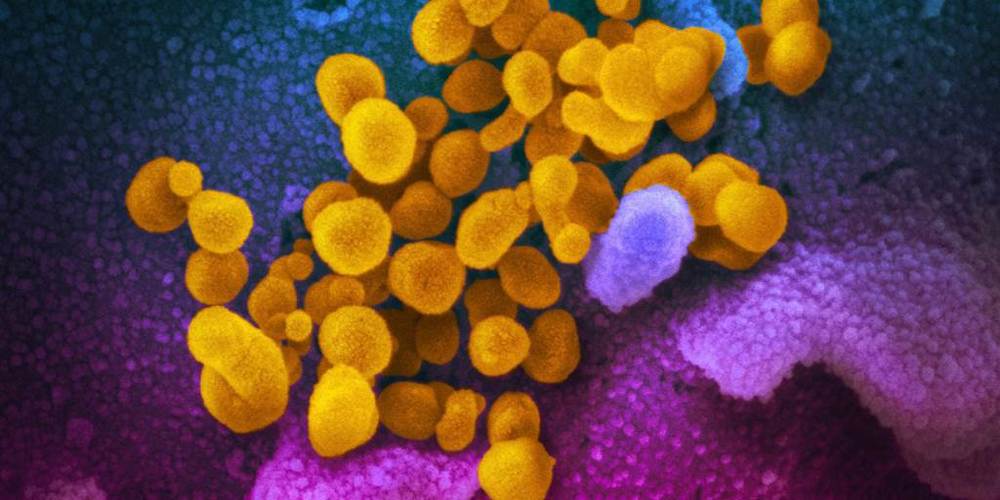Neutral atoms and charged ions can be cooled down to extremely low temperatures (i.e., to microkelvins, 1 millionth of a degree above absolute zero) using laser techniques. At these low temperatures, the particles have often been found to behave in accordance with the laws of quantum mechanics.
Researchers have been conducting laser cooling experiments on atoms and ions for decades now. So far, however, no study had observed mixtures of both atoms and ions at extremely low temperatures.
Researchers at the University of Amsterdam were the first to achieve this by placing an ion inside a cloud of lithium atoms pre-cooled to a few millionths of a kelvin. Their observations, published in Nature Physics, unveiled numerous effects that could have interesting implications for the development of new quantum technologies.

